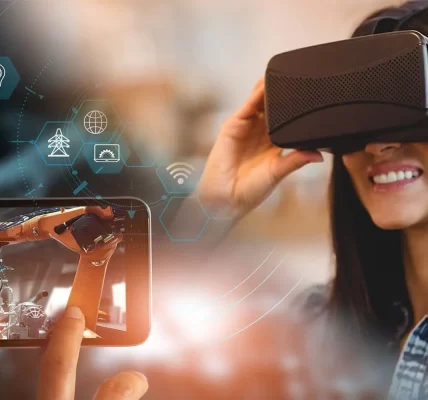In an era where digital experiences demand instantaneous responsiveness, zero-latency networks are emerging as a groundbreaking advancement. These networks promise to reshape the landscape of connectivity by eliminating delays that have traditionally plagued online communications. By redefining what it means to connect in real-time, zero-latency networks are set to revolutionize various industries, from gaming and virtual reality to autonomous vehicles and telemedicine.
Understanding Latency and Its Implications
Latency refers to the time delay between the initiation of an action and its observable effect. In networking, this is the time it takes for data to travel from its source to its destination. High latency can lead to noticeable delays, creating issues in scenarios where timing is crucial. For instance, in online gaming, high latency can result in lag, affecting gameplay and user experience. Similarly, in virtual reality, latency can disrupt immersion, making experiences less convincing.
The Quest for Zero-Latency
Zero-latency networks aim to minimize or eliminate this delay entirely. Achieving this requires innovative technologies and approaches. Traditional networks rely on a series of intermediaries and protocols that introduce delays at various stages. Zero-latency networks seek to streamline these processes, often utilizing advanced techniques such as edge computing, network slicing, and 6G technology.
Edge Computing: Bringing Data Closer
Edge computing plays a pivotal role in reducing latency. By processing data closer to the source rather than sending it to a central server, edge computing reduces the distance data must travel. This local processing minimizes the time it takes for data to reach its destination and back, effectively reducing latency. For applications such as autonomous vehicles, where real-time processing is critical for safety, edge computing provides the necessary speed and responsiveness.
Network Slicing: Customizing Connectivity
Another key technology in zero-latency networks is network slicing. This approach allows for the creation of virtual networks within a physical network infrastructure. Each slice can be tailored to meet specific requirements, such as low latency or high bandwidth. By isolating traffic and optimizing resources for each slice, network slicing ensures that latency is kept to a minimum, even during peak usage periods.
6G Technology: The Next Frontier
As we look toward the future, 6G technology is set to play a crucial role in achieving zero-latency networks. Expected to be deployed in the next decade, 6G promises to deliver unprecedented speeds and ultra-reliable low-latency communication (URLLC). With advancements in millimeter-wave frequencies, terahertz communication, and advanced modulation techniques, 6G aims to push the boundaries of what is possible in terms of network performance and responsiveness.
Applications Transforming Industries
The impact of zero-latency networks extends across a wide range of industries. In gaming, reduced latency translates to smoother and more responsive gameplay, enhancing the overall experience for players. For virtual and augmented reality, low latency is essential for creating immersive environments where users feel truly present.
In the realm of autonomous vehicles, zero-latency networks are crucial for real-time data exchange between vehicles and infrastructure, enabling safer and more efficient navigation. Similarly, in telemedicine, reduced latency allows for real-time consultations and remote surgeries, bridging the gap between patients and healthcare providers regardless of location.
Challenges and Considerations
While the benefits of zero-latency networks are significant, there are also challenges to address. Implementing such networks requires substantial investment in infrastructure and technology. Ensuring security and privacy in ultra-low-latency environments is also a concern, as faster data transmission can potentially expose vulnerabilities.
Additionally, achieving true zero-latency may not be feasible in all scenarios, as some degree of delay is inherent to network communications. However, ongoing advancements and innovations continue to push the boundaries, bringing us closer to minimizing these delays as much as possible.
Conclusion
Zero-latency networks represent a transformative shift in how we experience and interact with technology. By leveraging edge computing, network slicing, and future 6G advancements, these networks promise to deliver instantaneous connectivity that will revolutionize industries and enhance digital experiences. As we continue to innovate and overcome the associated challenges, zero-latency networks will undoubtedly pave the way for a more connected and responsive future.





